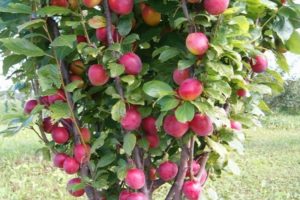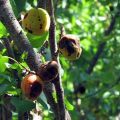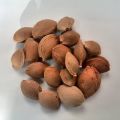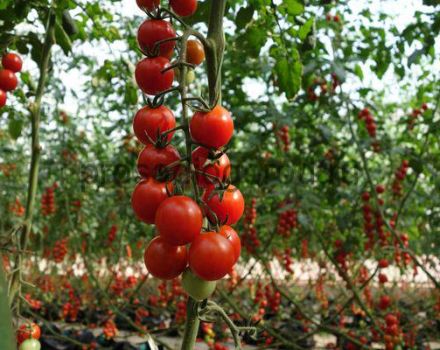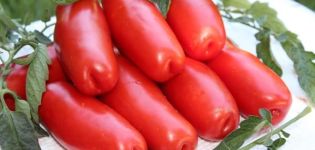Description of the Goldrich apricot variety and cultivation features
Goldrich apricot has a high level of resistance to moniliosis. A rich and regular harvest is also noted. The variety is classified as a commercial variety, but at the same time it is common among ordinary gardeners.
History of origin
Apricot Goldrich got its distribution from America in 1971. Brought it to grow in large quantities on farmland. In the work on the variety, varieties such as Sun Glo and Perfection were used. For 40 years, apricot has firmly established itself in the countries of Western Europe and has earned high popularity there. It is still quite rare in Russia.
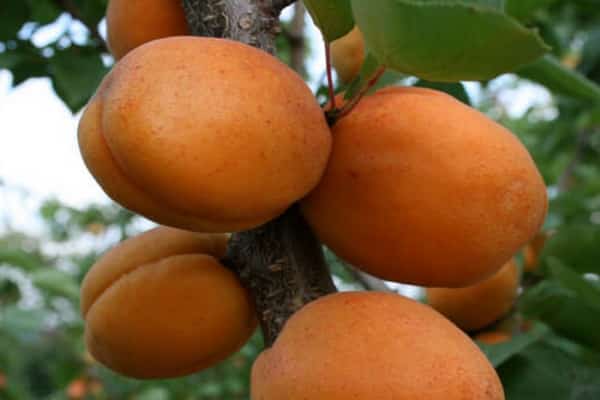
Description of the variety
Gold Reach apricot trees are medium-sized, have wide and spreading crowns. In order for the fruit to set, the apricot needs pollinators. The best of them are the varieties that bloom with it at the same time.
In the description of the variety, it means that Goldrich has a dessert purpose, so it is completely unsuitable for processing.
Apricots grow large with an attractive appearance. The average weight of one is from 60 to 100 g. Sometimes very large ones are obtained - up to 160 g.
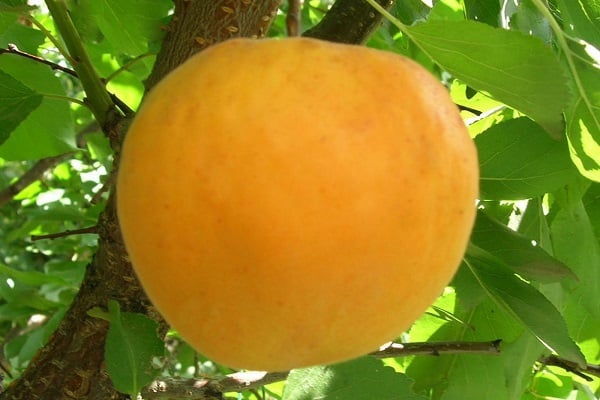
The fruits are light orange in color with a slight blush. The taste of apricots is sweet and sour, the aroma is pronounced. Shelf life is 2 weeks.
Experts say about the winter hardiness of the variety. But at a temperature of -28 degrees, cases of freezing of trees were recorded.
The apricot is medium early in flowering, and this often leads to freezing of the buds when the frosts return.
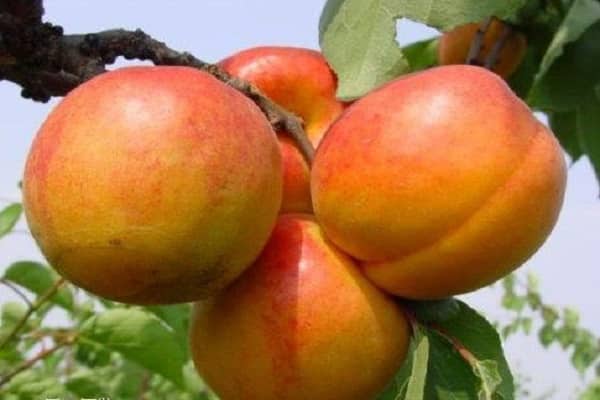
Growing features
Before starting the cultivation of apricot Goldrich, it is worth knowing the features of the procedure. Then the yields will be high, and the tree will not be affected by diseases and pests.
Pick up time and place
For a seedling, a place is chosen that is well illuminated by the sun. Plants need protection from wind gusts. For this, buildings on the site are suitable.
Planting is carried out away from groundwater and closer to pollinating trees.
Goldrich is planted in early spring in holes prepared in advance at the end of last season.
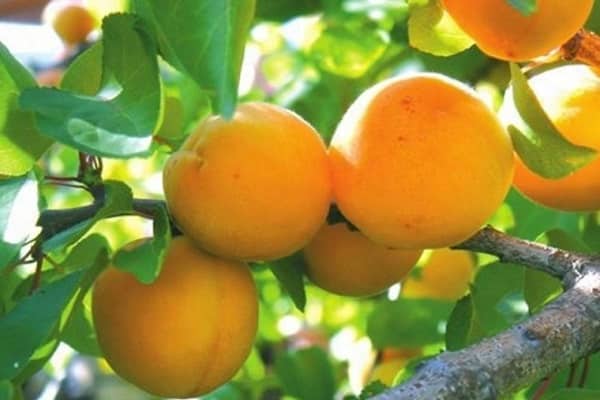
Soil preparation
Before planting, a drainage layer is laid on the bottom of the hole. For this, sawdust, humus or vegetable tops are used. Fertile soil is poured on top.
After planting the seedlings, abundant watering is carried out. It is recommended to pour 18-20 liters under each tree.
Then the young apricots are shaded. To prevent the soil from drying out too quickly, it is mulched with organic matter - peat or humus crumbs.
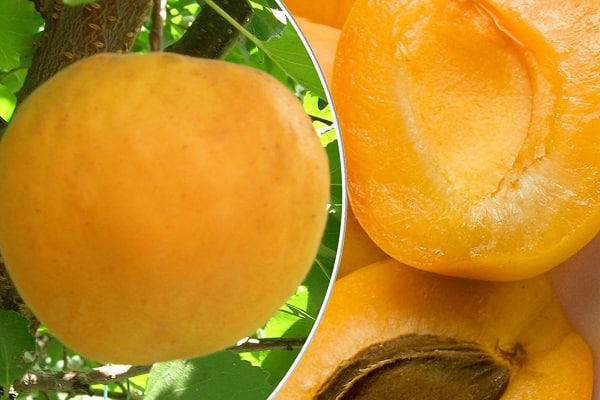
Correct care
Agrotechnical rules for Goldrich apricot are no different from caring for other varieties.
Watering
During the season, abundant, but not frequent moistening of the earth to a depth of 30-40 cm is carried out.Apricots are watered in the following periods:
- bloom;
- growth of fruits, shoots;
- after harvesting;
- at the end of autumn.
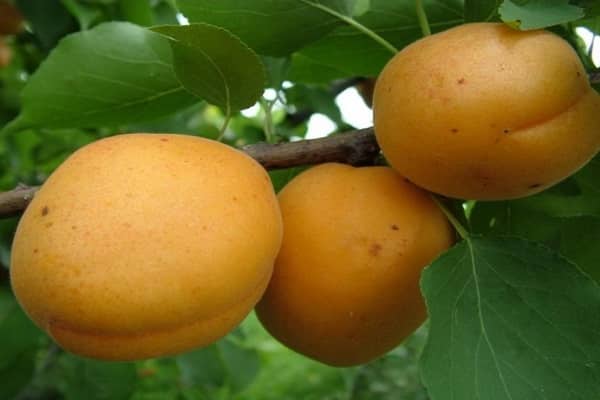
Top dressing
At every season of the year, Goldrich apricot trees must be fed with special fertilizers:
- spring period - with nitrogen;
- summer - potash;
- autumn - with phosphorus.
Organic matter is applied every 3-4 years.
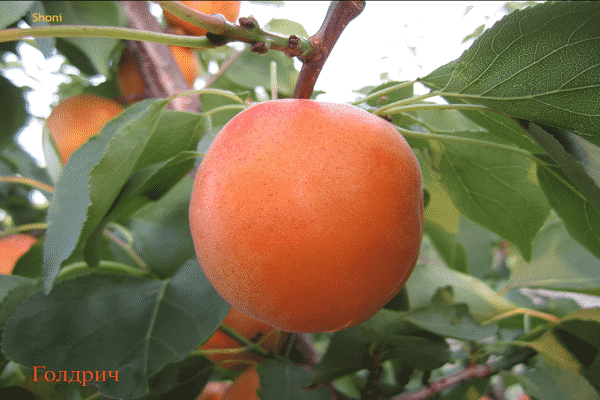
Reproduction
The process is carried out by planting seeds and vegetatively. But most apricot varieties are cross-pollinated. In this regard, it is difficult to say exactly what will grow from a seed.
Vegetative reproduction allows you to breed offspring without unpleasant surprises.
Among gardeners, such a method as reproduction by grafts is more common.
But if you plan to grow exact copies of Goldrich on the site, the surest way is used - reproduction by shoots or by root suckers.
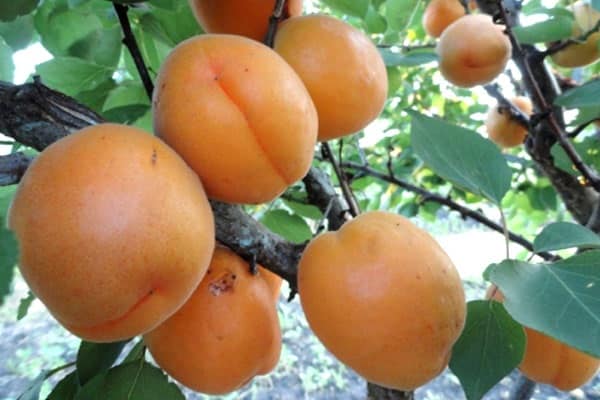
Diseases and pests
Goldrich is affected by the following diseases:
- Moniliosis. First of all, flowers are infected, which quickly wither. Then the fungus moves to the shoots, leaves and branches. As a result, cracks appear, the wood dries up.
- Clasterosporium disease. Appears on the leaves in the form of brown spots, gradually turning into holes. Shoots are also covered with similar spots that form cracks. From them gum flows.
- Valsa mushroom. An infection characterized by the formation of orange growths and sores.
- Verticillosis. The lower leaves turn yellow, while the upper ones remain green. The accumulation of the fungus occurs in the leaf petiole and veins. From it, the disease moves into the soil, from there it gets to other young plants.
- Smallpox. A viral disease that forms on fruits in the form of depressed brown stripes and spots, under which the pulp gradually dries out.
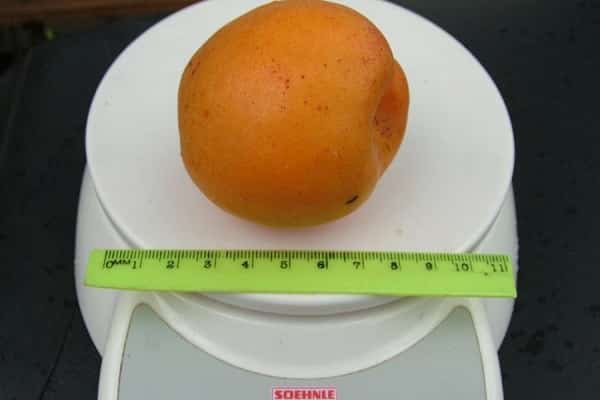
The following pests attack the apricot:
- Aphid. It sucks the juice from the leaves, which then weaken. A sooty fungus may appear next.
- Fruit moth. It feeds on apricots. It hibernates in the soil or in the cracks of the trunk. The offspring leaves on the leaf petiole and on the ovary of the fruit.
- Leaf roll. Spends winter in the bark of a tree, as well as in the ground. It actively eats apricot foliage and buds.

Disease prevention
Apricot does not have many diseases and pests, but it is better to prevent their occurrence than to fight them later. The best preventive measures are considered to be cleaning the garden from fallen leaves, burning plant residues, digging the soil of the trunk circle, as well as annual spring and autumn tree treatments.


